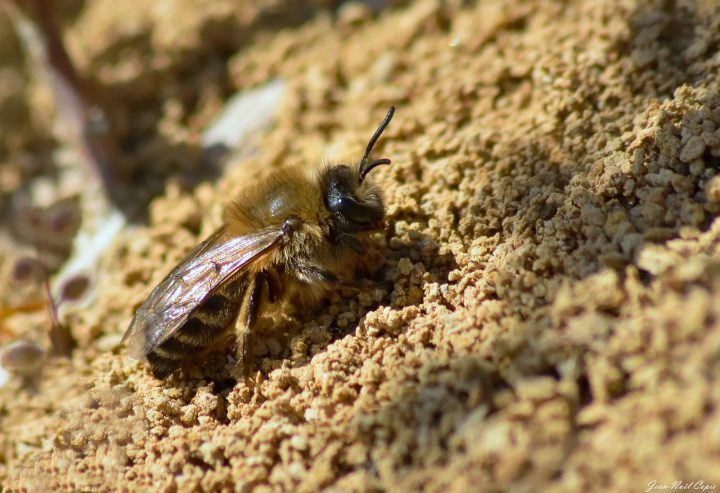Entrances to ant nests protect them from flooding during high tide by collapsing to block the opening.
Introduction
For animals that live in or near water, floods can be a matter of life and death. When the tide rises and the water starts to cover their home, they have to be able to seal themselves off from the encroaching water or risk being swept away or drowned.
The Strategy
Mangrove-dwelling ants have evolved a clever strategy for surviving high tide: the entrances to their nests are blocked by loose soil when water levels rise. The collapsing soil seals off the nest, trapping a life-saving pocket of air inside.
The Potential
Sandbags have long been used by humans to construct makeshift dykes and walls to hold back floodwaters. Taking a lesson from these ants, there could be time-, energy-, and money-saving methods for building temporary dams by having them construct themselves as waters rise.
AI on AskNature
This page was produced in part with the assistance of AI, which is allowing us to greatly expand the volume of content available on AskNature. All of the content has been reviewed for accuracy and appropriateness by human editors. To provide feedback or to get involved with the project, contact us.





